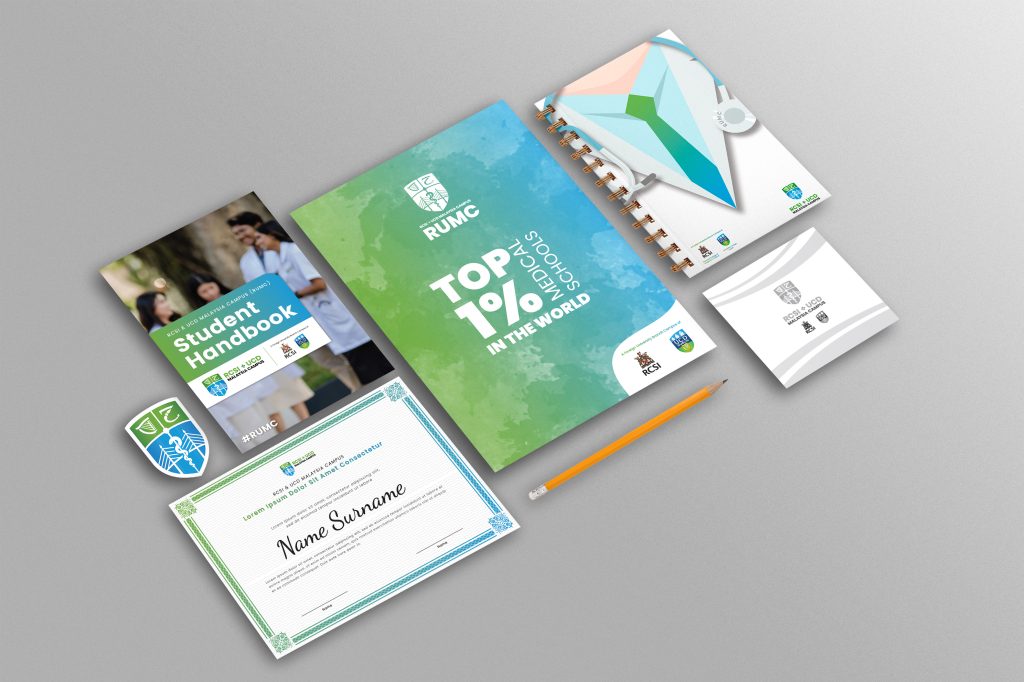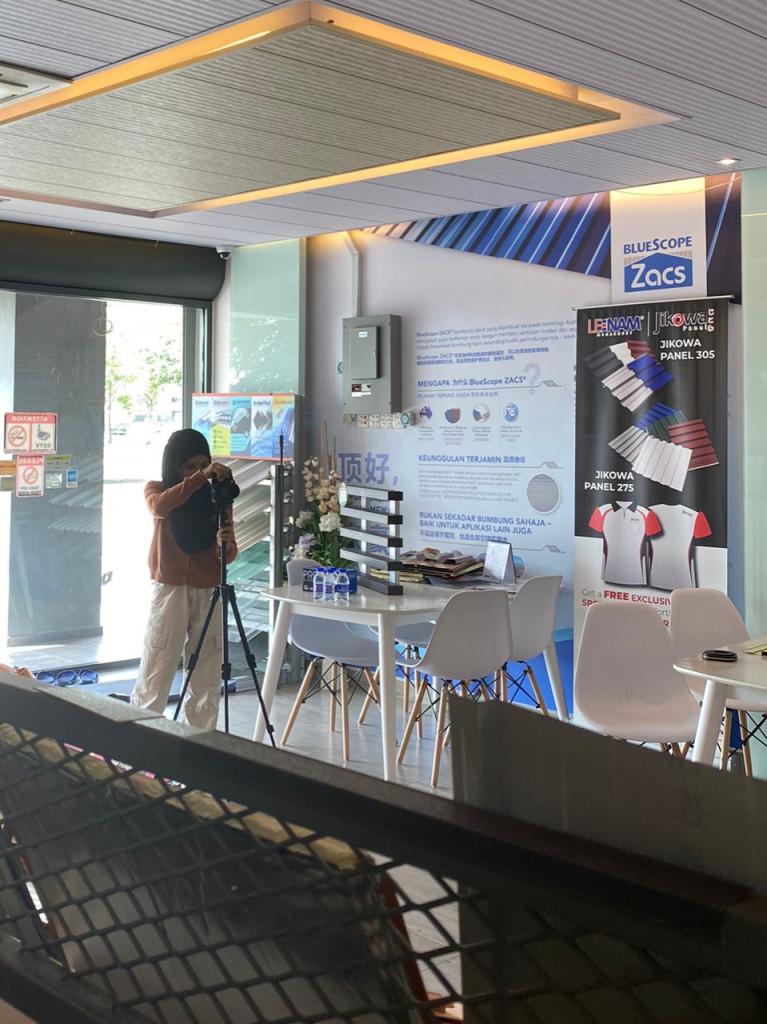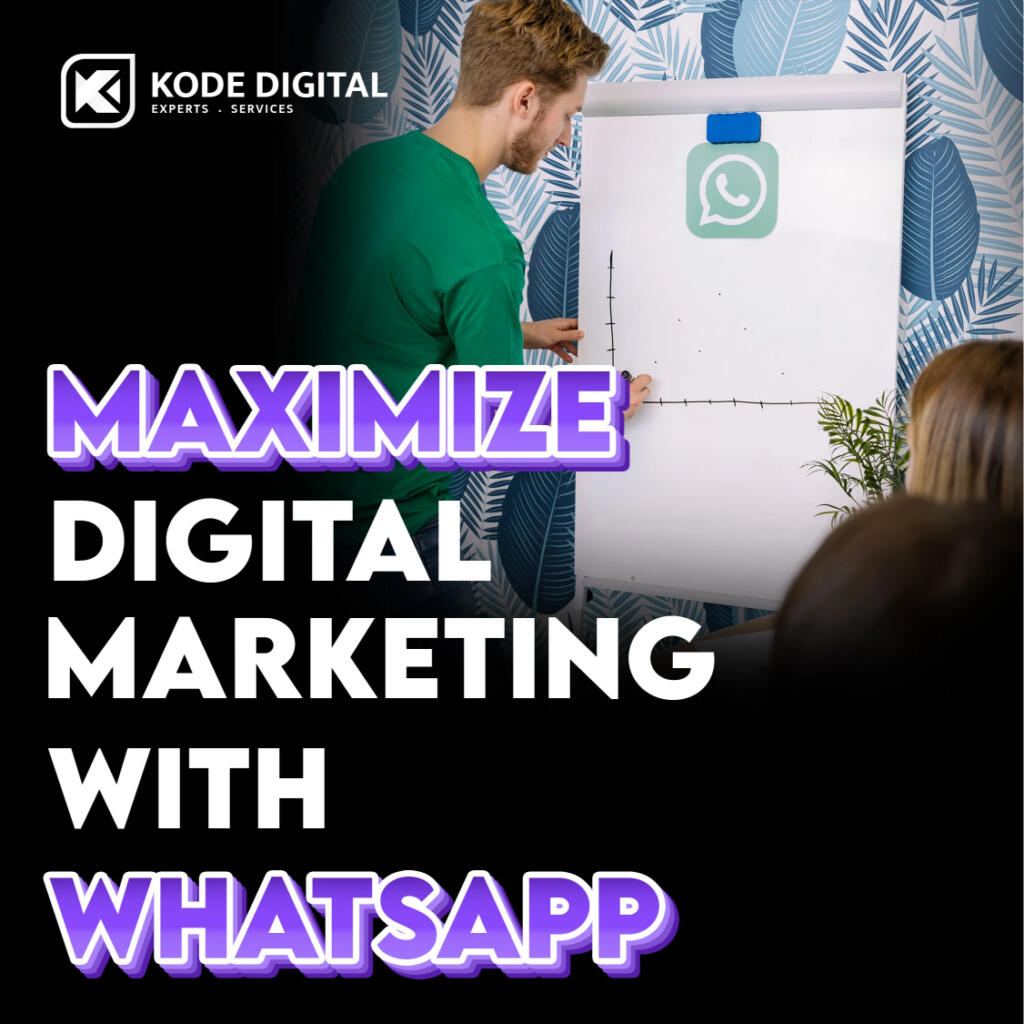Our top-tier consultancy services provide strategic guidance to elevate your entire digital presence.
Learn More
Contents
Covid-19 has prevented businesses from hosting in-person events all over the world as it is crucial to follow social distancing and government regulations. Numerous business owners are shifting towards virtual events to spread the word at the same time keep connected with their crowds and consumers. According to the Market Research Media report, it shows that the virtual events industry will surge from $14 billion in 2018 to $18 billion in 2023. Thus, running virtual events have become the norm and were on the rise since due to a few good reasons:
- Minimize cost
- High accessibility
- Great two-way engagement
- Higher numbers of participants
Different Types of Virtual Events
Different businesses utilize virtual events differently to spread awareness and generate leads. Here’s a rundown of the various kinds of virtual events your company can host, ranging from small Q&A sessions to large-scale conferences with thousands of participants.
a. Tutorial Sessions
Through the virtual event, the company can host tutorials for audiences as it is a good way to share the tips, tricks, and instructions to use the in-house products. This type of event is suitable when the company launches a brand-new product. Speakers in the virtual event can answer consumers’ frequently asked questions, at the same time provide begin-to-end tutorial sessions to showcase the benefits of the products.
b. Conferences, Training and Workshops
For more complex topics, webinars, and workshops, this format can offer in-depth sharing and discussion around specific studies in precise themes. With networking and meetings integrated into virtual events, the company can discuss and brainstorm with business partners.
c. Behind the Scenes
Give the audiences a look at what is behind the scenes of a company. Tourist locations such as zoos, national parks, museums, galleries, theatres and even airports, can give the audiences or viewers a glimpse at what it is like to visit in real life.
d. Interviews, Performances and Games
Interviewing in-house experts that share their knowledge in a live Q&A session will attract and encourage participants to learn digitally. Hosting a live performance such as stand-up comedy or interactive trivia games will keep things engaging for the participants as well.
According to Google Trends, we pivoting towards virtual more and more globally. There is always a first time for everything. To do it right, here is a step-by-step virtual event planning guide to help your company or your event planners to plan, run and end a successful virtual event.
Before the Virtual Event

1. Understand Your Crowd and Choose the Right Platform
To create a strong foundation while planning for a successful virtual event, you have to understand your targeted audiences and participants. From there you can decide which platforms to use and host the virtual event by knowing how strong their technical knowledge is.
Whilst picking the right digital platform, go for the one that works well with minimum technical issues at the same time comes with all the necessary features you need. As an example, features such as chat, Q&A, the ability to upload slides, live polls or any other additional content that can enhance your virtual event.
2. Plan Ahead and Decide the Format
After determining the types of targeted participants and the virtual event digital platform, you need to look into what subjects or areas to focus on according to what they are most keen to know. Here are a few questions to go through while you are in the planning phase:
- What kind of experience do you want to deliver?
- Will the event access be gated or free of charge?
- Which speakers should you hire?
- What KPIs and statistics do you plan to track?
Virtual events come in many formats ranging from a seminar with a person talking on stage to multiple attendee’s workshops. Create a unique personalized experience that is aligned with your brand’s voice. Utilize the brand’s original logo, colours, fonts, and other elements that speak your brand’s core value. By doing so, a consistent experience can be delivered besides making your brand more recognizable.
3. Choose the Right Time and Duration
Do some research before choosing the correct time for your virtual event. If you plan to go global, keep in mind that some of your participants are from places with different time zones. If setting a suitable time for all participants is not possible, make certain that your virtual event is accessible post-live for those who are unable to attend. Other than that, if your budgets are sufficient, you can deliver access to your audience worldwide by organizing multiple live sessions that cater to different time zones.
How long you should host the virtual event must take into your consideration as well. It is best to keep each multiple session in 30 to 60 minutes to keep audiences’ attention and maintain engagement. Moreover, make sure that there are no other competing events on the same day that might interfere with the participants’ attendance.
4. Promote and Market the Upcoming Event
With an aim to get your potential audiences interested to attend the virtual event, the content you choose to promote should be the key selling point of your event, through effective marketing channels such as social media. You can create countdown content for your virtual event by using Instagram stories and Facebook stories, as they are easy to access.
Show simple guides like tutorials on how to sign up for the virtual event, steps to make payments and ways to connect to the streaming platform. You can come up with hashtags designated for the virtual event to inspire attendees’ participation. They can post on their social media platforms with the hashtag during the actual live event and ask questions.
5. Prepare for Possible Technical Issues
The sooner the problems are detected, the earlier you can solve them. The Internet is one of the most important assets in virtual events. Check the Internet connection or Wi-Fi signal beforehand and prepare backup files for the presentations just in case they glitched or cannot be accessed.
Identify all technological tools and equipment such as the camera that you are using during the virtual event and the other possible errors that can arise out of them. Mentally prepare and keep calm for any unforeseen issues, be ready for problem-solving during the real-time live event.
6. Brief the Event Speakers or Hosts
Brief the speakers or hosts that will take the stage of the virtual event. It is important to keep the speakers attentive by scripting some of the questions in advance. This can allow them to be more aware and prepared while answering them during the live virtual event.
Plan a rehearsal for anyone new to speaking at live events. You can request them to find a suitable quiet area to present and try to avoid other people walking around in the frame during the virtual event. The first impression is important, thus speakers and hosts should be neat and professional before the live event kick starts.
During the Virtual Event
1. Undergo Protocol Briefing
Create a simple guideline to adhere to for both speakers and attendees to ensure your virtual event is a productive and professional one.
- Protocol for speakers or hosts:
- Share relevant information without going sidetrack
- Keep the sharing sessions brief
- Avoid vulgarism or harassment
- Protocol for attendees:
- Mute devices to reduce obstructions
- Be genuine with intention and while giving feedback
- Avoid harassment among attendees
2. Encourage Engagement and Involvement of Audiences

Create opportunities for engagement among attendees through virtual events. Besides discussion and sharing, infused some additional sessions as below to encourage engagement:
- Live polling or quizzes and get real-time responses
- Live-tweeting or posting on social media platforms
- Debate sessions that keep attendees’ attention
- Q&A session for participants to ask questions and get answers in real-time
- Interactive and fun games to lighten the virtual events
3. Give Speakers and Audiences a Break
If it was a long virtual event that was more than an hour, you should provide break time and rest sessions in between for some refreshments and relaxation. This will bring advantages for both speakers and audiences where you can pause and check the schedule planned while audiences can regain focus to show maximum engagement afterwards.
In addition, take advantage of the break time and talk casually with existing participants. Building rapport and networking among the attendees through casual chats is an excellent way to release tension as well.
After the Virtual Event

1. Postmortem Session
Everything has room for improvement. Revise the virtual event after it ends to gain a better insight into the success of your future virtual event. You can ask for feedback by running surveys and analyzing the data that you have collected to see how well your virtual event runs. The received feedback will also help you to grasp how your attendees perceived your virtual event.
Recorded videos of the virtual event will please your audience as they can come back to rewatch or share it on their social media, indirectly giving your brand even more exposure. Be ready to receive both positive and negative feedback. Be selective and utilize constructive criticism to better your upcoming future virtual events.
Example of Successful Virtual Events
1. Apple’s Worldwide Developers’ Conference
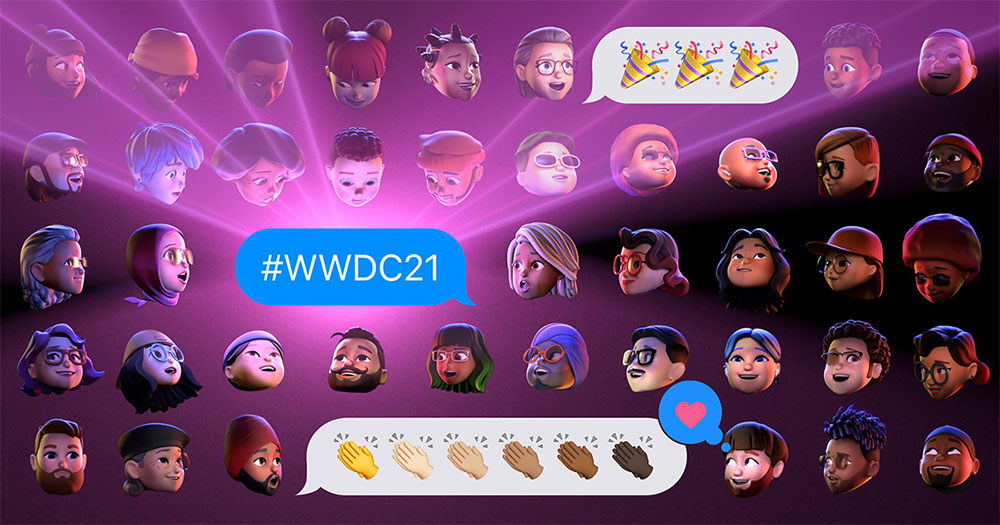
Apple’s Worldwide Developers’ Conference in 2020 is also known as the WWDC, is a virtual event held by Apple in San Jose, California.
In this virtual event, speakers showcased the latest developments and innovations in their cutting-edge technologies for tech writers and audiences. Their content and previous live streams can be accessed on their official website as well.
2. Salesforce World Tour Sydney
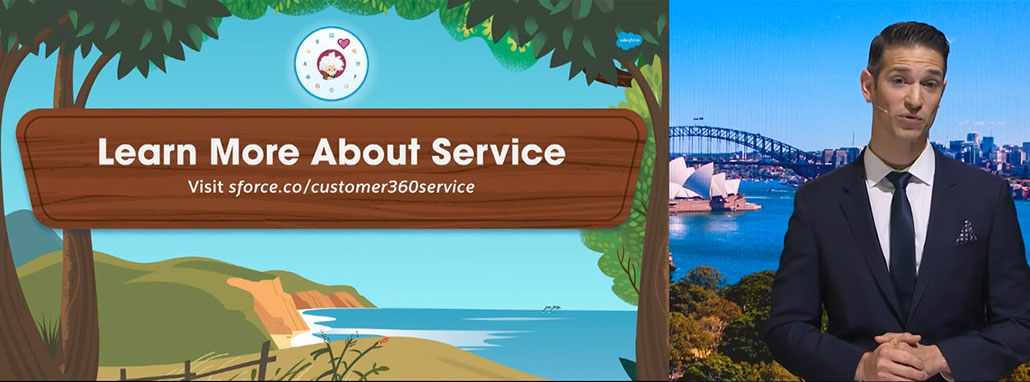
The 2020 World Tour Conference is a virtual event hosted by Salesforce, a #1 CRM giant in the tech industry due to the pandemic situation.
They present themselves as the world’s leading brands with their new products, innovations and latest in-house technology. Awesome achievements are highlighted as well through the virtual even to the audiences and professionals worldwide.
3. Billboard’s Live At Home Music Concerts

Billboard is a world-renowned entertainment media brand that has hosted concerts with the help of virtual events amid the pandemic. They created the Billboard Live At Home series where they live-streamed live sessions on their social media platforms as well as on the official website.
Artists like Meghan Trainor, Lukas Graham, and other well-known artists performed from their homes for their participating audiences. Besides, Q&A sessions are infused within the live streaming so that audiences or fans will get their questions answered in real-time.
4. Tomorrowland Around The World — The Digital Festival

The well-known Belgian music festival has given the attendees an unforgettable musical festival experience with the help of virtual events back in July 2020.
This virtual event is filled with amazing performances from celebrated artists such as Katy Perry, Steve Aoki, David Guetta, and Martin Garrix. These featured artists performed on virtual stages on a virtual 3D island with special effects such as fireworks, laser shows, sound effects and more. Besides, Tomorrowland has offered interactive activities such as webinars, workshops, fun games and other entertainment for participants.
5. The Virtual Estate Experience
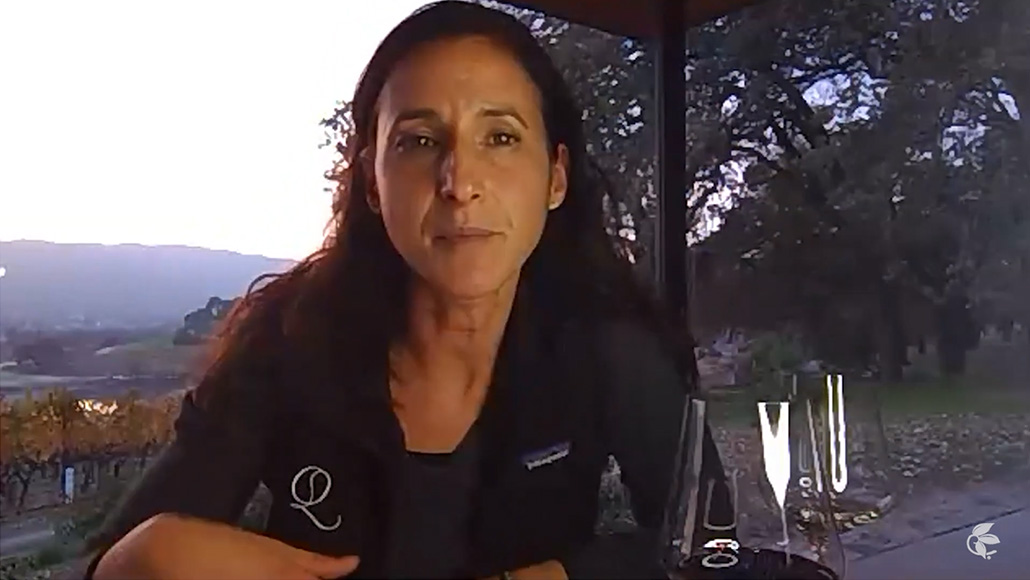
Quintessa’s Virtual Estate Experience brings you Quintessa Estate vineyard in Napa Valley, California by utilizing virtual events.
With wines sent to attendees before the virtual event, the virtual tour is hosted via Zoom and features a private tasting of wines from the comfort of their own homes. One TripAdvisor user wrote: “The gathering was professionally organized with tasting kits available for the ‘at home’ experience. … This was not a perfect substitute for the in-person glass pavilion tasting experience (which is fabulous), but it was a great distraction from COVID-19 distancing. Thanks for the creativity!”
Conclusion
The key to running a successful virtual event is to plan ahead and prepare to have a smooth sailing overall session. Maximize your success by looking into some of the top event management tools and finding out which one that suits your brand’s virtual events the most.
Even though virtual events will never be able to replace face-to-face gatherings and events, due to the current circumstances, they are the only option to reach people globally. Like any other event, the process of organizing a virtual event requires partners’ support, ample time, in-depth research, and resources for a successful total run. With the tips and best practices as your guide and reference, you will know how and what it takes to organize a virtual event.







